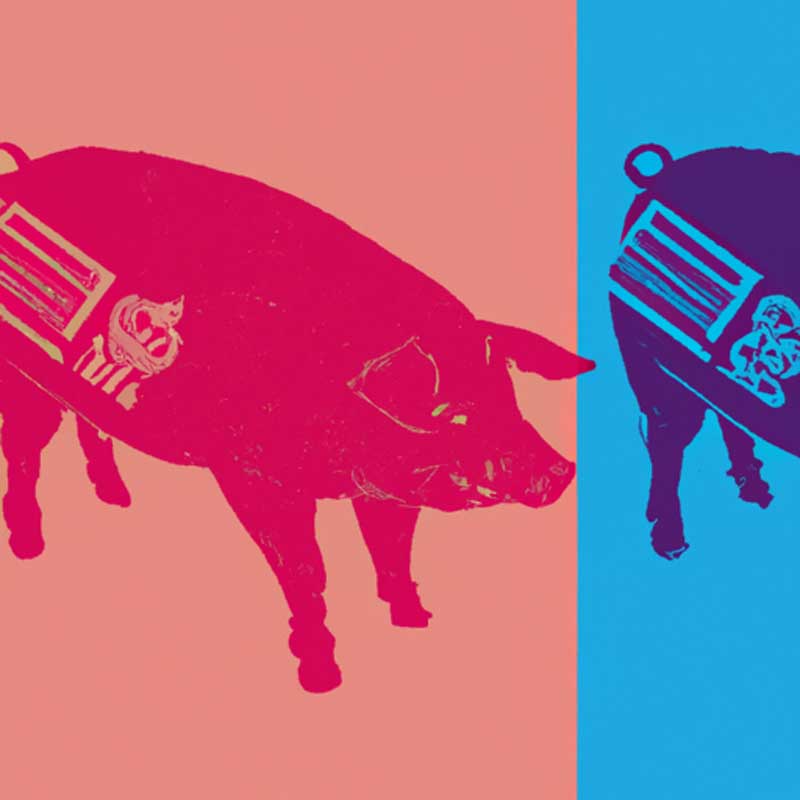China’s central bank injected liquidity into the banking system through reverse repos and medium-term lending facility (MLF) on Monday to keep liquidity reasonable and ample. The central bank conducted 89 billion yuan (US$12.52 billion) of seven-day reverse repos at an interest rate of 1.8 percent, and injected 995 billion yuan via the MLF. The operations aim to guide more funds into the real economy sector and stabilize the exchange rate of the yuan. The steady MLF rate defied market expectations for a lower rate and a reduction in commercial banks’ reserve requirement ratio (RRR). There is still an expectation that the central bank has room for reductions in the RRR and benchmark interest rates. This move is likely to delay the RRR reduction.
Wen Bin, chief economist at China Minsheng Bank, noted that the liquidity pressure within the country’s banking system remains mild, making it less urgent for the central bank to cut the RRR. He forecasts that the first cut this year may occur in March or April. Ming Ming, chief economist at CITIC Securities, believes that the MLF operation also aims to stabilize the exchange rate of the yuan. The MLF tool was introduced in 2014 to help commercial and policy banks maintain liquidity by allowing them to borrow from the central bank using securities as collateral.








